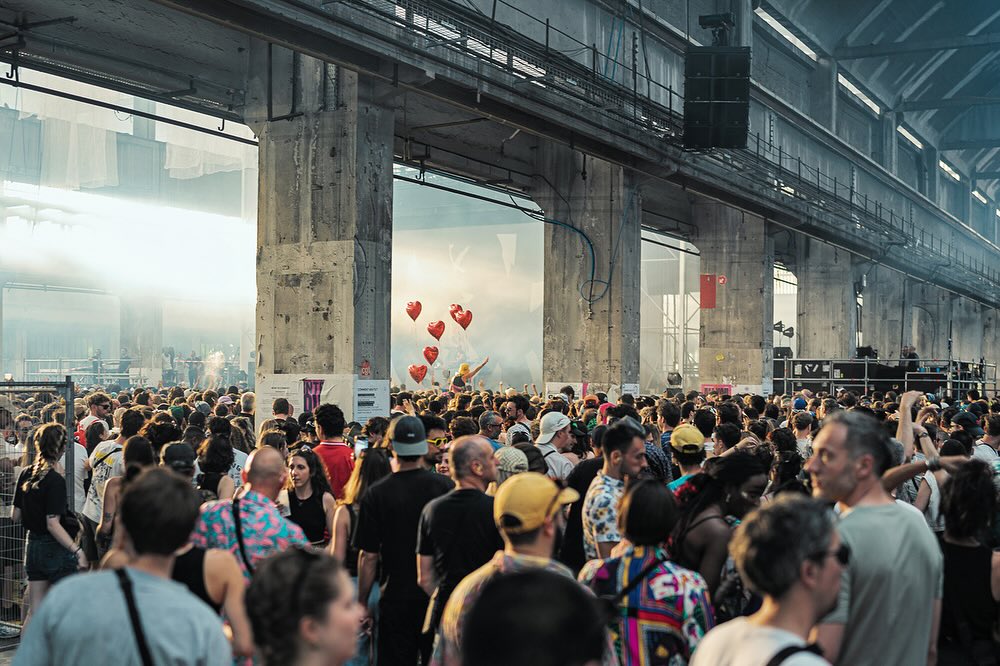Week #8
How could you fail to fall in love with a city where zebras help people across the road? In La Paz the notion of a zebra crossing has reached its charmingly logical conclusion and consists of people young people so far as I can tell in zebra costumes trying rather ineffectively but with a lot of good humour to assist pedestrians over El Prado, the citys busiest thoroughfare. Its a somewhat necessary intervention, since even though traffic lights do exist here and many, many traffic police, they seem to have forgotten about the green man, so you need all the help you can get to wade through the combi vans and taxis.
Thankfully though, being of hilly and narrow cobbled streets traffic cant move very quickly here. Its not like Lima, which seems determined to turn itself into one monstrous 9-lane highway. Congestion there is, but somehow as with its people traffic, in the midst of the commotion La Paz still seems to justify its moniker. This place just feels chilled out. Perhaps given some time Ill be able to suggest some reasons why, but for now lets just say it is a pleasant discovery.
Especially given our sense last week – having spent a month far away from city life, feeding bears, wandering round ruins and the like, and most recently enjoying the exceptionally tranquil Isla del Sol on Lake Titicaca that La Paz might be something of a shock to the system. Well, it was a bit of a shock to the system, since Ed and I both got sick straight after arriving (Ok, actually straight after a night of drinking beer and cocktails and dancing to Latin punk and reggae until 4am). But it wasnt the urban onslaught Id been fearing it was the one that Id been hoping for.
Anyone who has been to La Paz will know how unforgettable a city it is to arrive in. The worlds highest capital city, La Paz sits in the altiplano at 3,600 metres, with permanently snowcapped giants of mountains towering over it. Arriving from the west the suburbs seem nothing noteworthy at all, and then all of a sudden the bus takes a bend and the whole heaving mass of red brick that fills the basin of the city is revealed. A rapidly expanding metropolis, the sides of that bowl are now covered, and meet up with El Alto, the second cityon the rim that is home to a million plus inhabitants, mostly migrants who have flocked there in more recent years, almost all of them what are referred to here as indigenas- in other words Indians, or Bolivians who are not of Spanish origin. In other words, the people whose rights and futures Evo Morales was elected for promising to fulfil (these and their compatriots in the rural areas).
I cant pretend to have any kind of handle or Bolivian history and politics, so Ill not start analysing Moralesefforts just yet (maybe next week), but according to the conversation I had with my Spanish teacher yesterday (and this was in Spanish, but I think I got most of it), things have improved for the previously ignored indigenous majority in Bolivia, and especially for women, whom in previous years it would have been impossible to encounter in the Bolivian parliament. She also hinted at the rivalry that exists between La Paz and Santa Cruz, the large city in the Eastern Lowlands where Bolivias oil and natural gas are found. Perhaps not surprisingly, the capitalist interests from which control of these resources has been wrested by Moralesgovernment are not his hottest supporters. Likewise I understand there are those on the left frustrated by the pace of reform Bolivia remains a very poor and very unequal and divided country.
But I like La Paz, people smile a lot here, and from the impression of just a few days it seems there is a lot going on. There are certainly plenty of amazing ripe avocadoes and mangoes to be bought on the street, and that keeps me smiling. So I think I might stay for a while. Volunteering opportunities abound. Yesterday an absolutely classic product of the North American flower power generation, who has been living here for thirty years, took me to a (rather moving) graduation ceremony for students from a school for deaf children, where I chatted to her husband about the alternative scene in San Francisco (he is a bearded inventor no less), and watched dancing demonstrations by the students and impassioned speeches from nearly everyone present. Tomorrow I visit a childrens home to check out the theatre programme they have running, and Im in conversations with the owner of my Spanish school about getting Aikido classes running at the language centre. Some kind of life is starting to build here in double quick time and it feels like a fascinating place to let it grow.
Come back next week and see what else is new.

Check Maddington Bear’s brand-spanking new blog holding more photos of Wander & Wonder… and lots more!
Not on the R$N list yet? Sign up for all things essential and receive Thursday’s weekly lowdown here


















Must Reads
David Holmes – Humanity As An Act Of Resistance in three chapters
As a nation, the Irish have always had a profound relationship with the people of Palestine
Rotterdam – A City which Bounces Back
The Dutch city is in a state of constant revival
Going Remote.
Home swapping as a lifestyle choice
Trending track
Vels d’Èter
Glass Isle
Shop NowDreaming
Timothy Clerkin
Shop Now